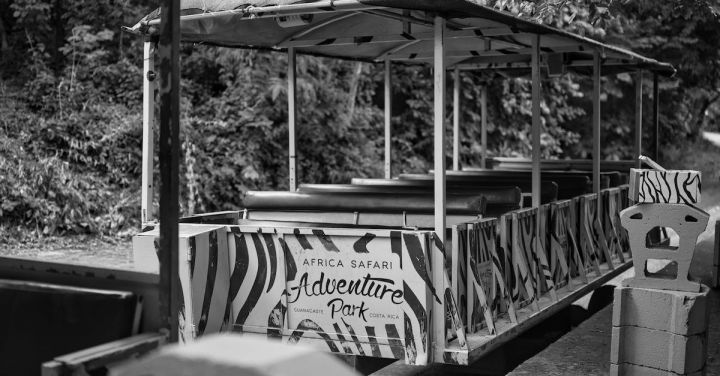The evolution of trains is a fascinating journey through time. From their humble beginnings to the sleek and efficient machines we see today, trains have undergone significant changes to become the reliable mode of transportation we rely on today.
Trains have been around for centuries. The earliest forms of trains can be traced back to ancient Greece, where they were used to transport goods. These early trains were simple wooden carts pulled by humans or animals. They relied on brute force to move and were limited in their capacity and speed.
It was not until the 19th century that trains began to undergo a true transformation. The invention of the steam engine revolutionized the way trains operated. Steam engines allowed trains to move faster and carry heavier loads. They were powered by coal, which was burned to produce steam, driving pistons that propelled the train forward. This new technology paved the way for the expansion of rail networks and the rise of the industrial revolution.
As the demand for faster and more efficient transportation grew, so did the need for better trains. The next major innovation came in the form of electric trains. Electric trains were powered by electricity, which was supplied through overhead wires or a third rail. This eliminated the need for coal and made trains cleaner and quieter. Electric trains also offered smoother rides and greater control over speed.
The 20th century saw the introduction of diesel trains. Diesel trains used internal combustion engines, similar to those found in cars, to power the train. They were more fuel-efficient than steam engines and did not require the infrastructure needed for electric trains. Diesel trains became popular for both passenger and freight transportation, offering flexibility and cost-effectiveness.
In recent years, trains have seen further advancements with the introduction of high-speed trains. High-speed trains are designed for rapid travel, reaching speeds of over 300 kilometers per hour. These trains use advanced aerodynamics and innovative propulsion systems to minimize air resistance and maximize speed. High-speed trains have revolutionized travel, making it possible to reach distant destinations in a fraction of the time it would take by car or plane.
The evolution of trains has not only been focused on improving speed and efficiency but also on enhancing passenger comfort. Modern trains are equipped with luxurious amenities such as comfortable seating, onboard entertainment, and dining options. They offer a smooth and enjoyable travel experience, making train travel a popular choice for both short and long distances.
Looking to the future, trains are poised to become even more advanced. The development of maglev trains, which use magnetic levitation to eliminate friction, holds the promise of even faster and more efficient travel. These trains have the potential to revolutionize transportation, reducing travel times and increasing sustainability.
The evolution of trains is a testament to human ingenuity and our constant pursuit of progress. From the simple wooden carts of ancient Greece to the high-speed marvels of today, trains have come a long way. They have shaped the way we travel and connect with the world, and will continue to play a vital role in our transportation systems for years to come.
